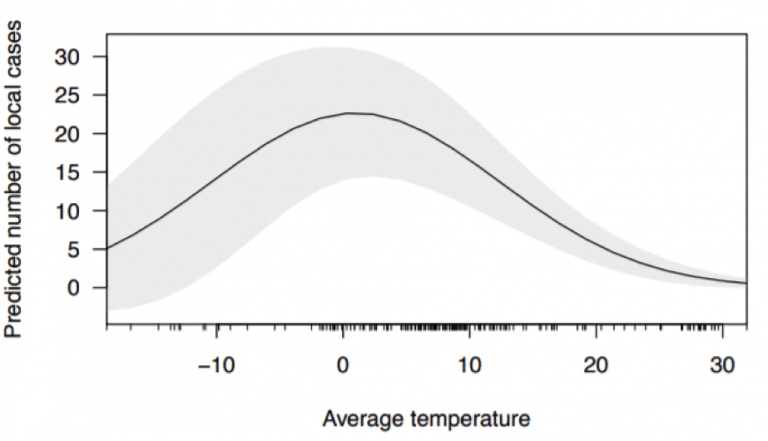The amount of time that the virus can survive depends significantly on the type of surface, the temperature, and the humidity. Coronaviruses die very quickly when exposed to the UV light in sunlight. Like other enveloped viruses, SARS-CoV-2 survives longest when the temperature is at room temperature or lower, and when the relative humidity is low (<50%). The researchers studied the temperatures at which the virus can survive on surfaces at different temperatures and the results are interesting.

Survival rates of SARS-CoV-2 were determined at different temperatures and D-values, Z-values and half-life were calculated. We obtained half lives of between 1.7 and 2.7 days at 20 °C, reducing to a few hours when temperature was elevated to 40 °C. With initial viral loads broadly equivalent to the highest titres excreted by infectious patients, viable virus was isolated for up to 28 days at 20 °C from common surfaces such as glass, stainless steel and both paper and polymer banknotes. Conversely, infectious virus survived less than 24 h at 40 °C on some surfaces.
According to one study, if the body temperature is above 36.5C, and better still, above 37C, the virus is attenuated or killed. Body will develop a milder immune response and recover. So, is it possible to kill the virus in the body by raising the body temperature to 40 degrees?



